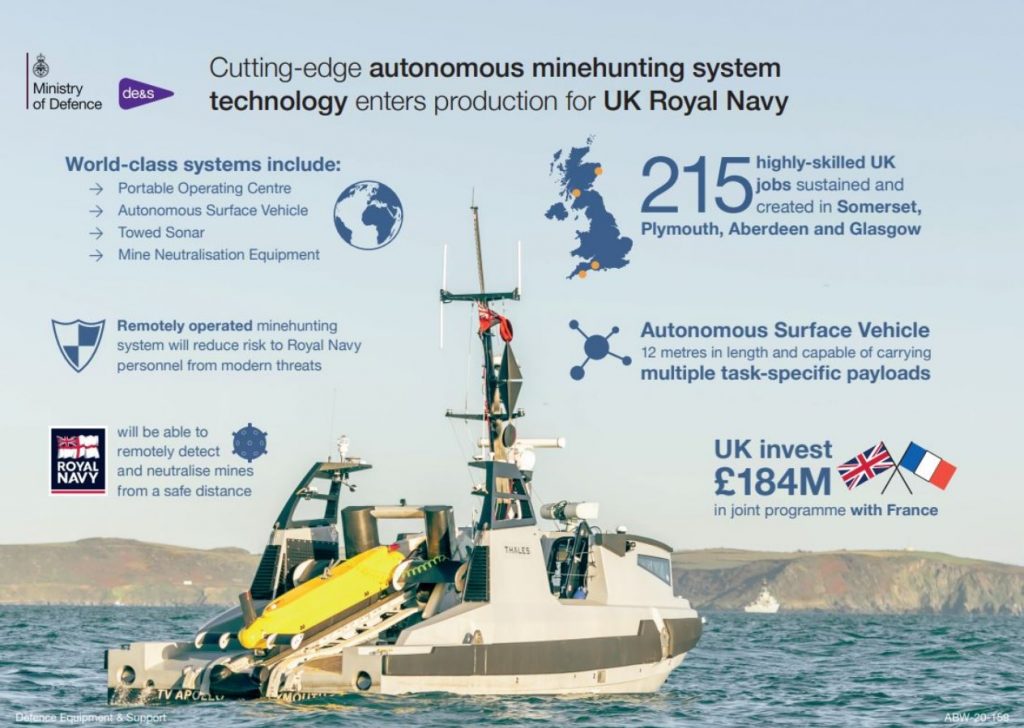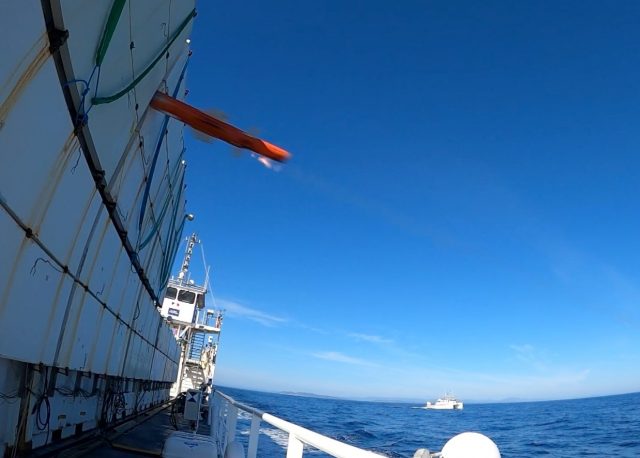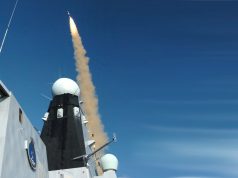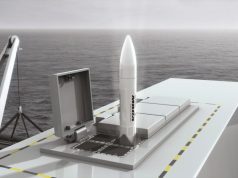The UK and French Sea Venom/ANL anti-ship missile has successfully completed its qualification firing trials with the final test event taking place at the French Armament General Directorate (DGA) test site at Ile du Levant earlier this month.
Jointly developed by the UK and France with MBDA as prime contractor, the missiles will soon start equipping the Royal Navy’s AW159 Wildcat and Marine Nationale’s H160M Guépard shipborne helicopters.
Sea Venom/ANL was developed under the Lancaster House treaty between France and the United Kingdom and is the first program to take full advantage of the cross-border centers of excellence on missile technologies launched by the Lancaster House treaty, which celebrated its 10-year anniversary this month.
The final qualification trial tested the missile’s advanced target discrimination within a complex and cluttered naval scenario.
Éric Béranger, MBDA CEO, said: “I want to congratulate the UK-French teams across both MBDA and our governments for the commitment they have shown in meeting this qualification milestone amid the disruption caused by Covid-19. Together they have proven that through co-operation we can jointly overcome adversity and deliver leading edge military capabilities.”
Previous trials have tested the missiles launch envelope, release envelope and engagement modes, such as its low-altitude sea-skimming flight, lock on after launch (LOAL), lock on before launch (LOBL), operator-in-the-loop, and aimpoint refinement.
MBDA says the the missile will safely engage hostile vessels amongst civilian assets, even in congested littoral environments and will defeat a broad spectrum of targets including small fast-moving craft through to larger ships – at sea or in port – as well as coastal land targets.
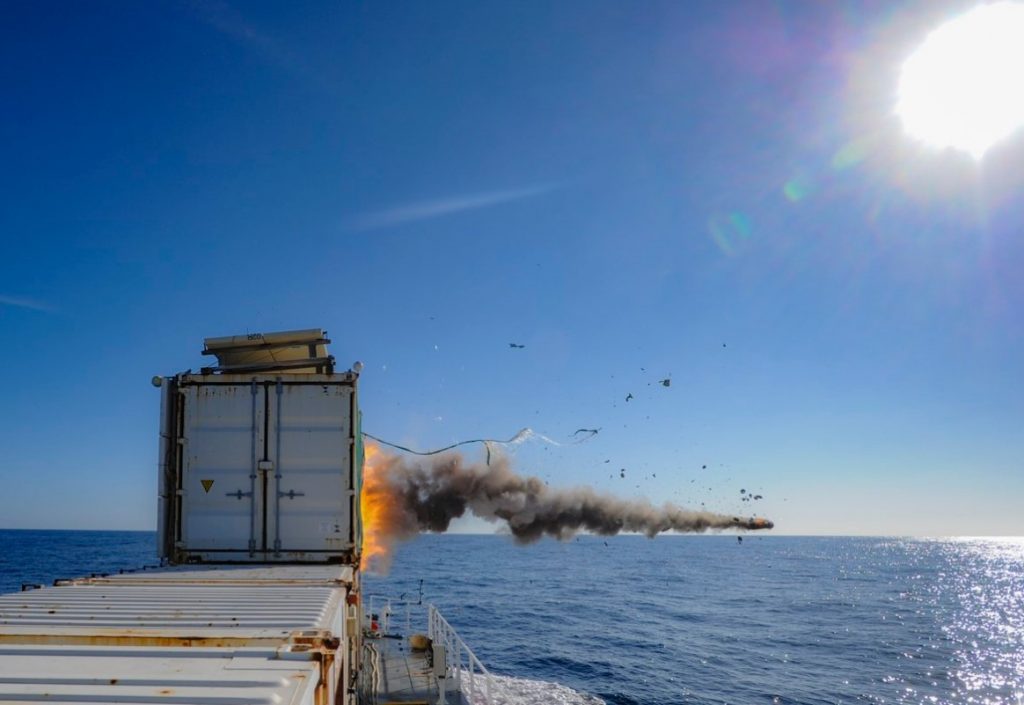
Lancaster House treaty milestones
The Sea Venom/ANL missile program is one of the most successful ones undertaken by France and the UK within the treaty. Another fruitful collaboration is the joint mine warfare program that will see the two countries receive fully integrated unmanned mine countermeasures systems.
Following a first phase of the program in which two demonstrators successfully proved their operational performances at sea, the two countries signed a joint contract for Thales to start the production phase of MMCM to deliver eight unmanned mine hunting systems (four for France and four for the United Kingdom).
The subsystems developed for the program will include unmanned surface vehicles (USV) to transport and connect solutions and a SAMDIS sonar. The sonar can be carried by autonomous underwater vehicles (AUV) or by a towed synthetic aperture multiviews (TSAM) vehicle operated from the USV. The USV can also carry a remotely operated vehicle (ROV) to neutralize the threats. The entire system is remotely supervised by operators working from a portable operational center capable of controlling up to three systems in parallel at sea.
After the success of the first configuration conducted under real operational conditions with the complete system, Thales now expects to deliver the first operational systems to French and British navies by 2022.
